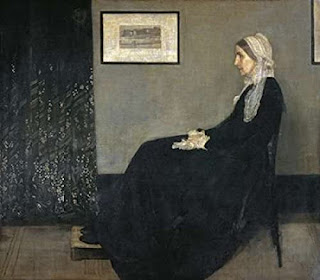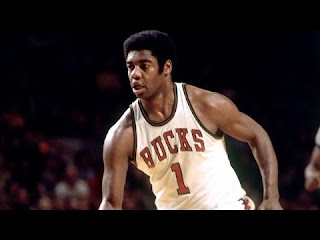May 1, 1893: The World’s Columbian Exposition

May 1, 1893: The World’s Columbian Exposition opens in Chicago, celebrating -- a year later -- the 400th Anniversary of Christopher Columbus' voyage to "The New World," the incorrectly celebrated "discovery of America." The site was on the South Side, in Jackson Park, from 56th to 67th Street, from Stony Island Avenue to Lake Michigan. The centerpiece was an artificial lake that represented the Atlantic Ocean that Columbus crossed from August 3 to October 12, 1492. Around it were nearly 200 temporary buildings of neoclassical design, with (as most World's Fairs have) pavilions from countries and their colonies. Among the surviving buildings is the Art Institute of Chicago, the foremost art museum in America outside New York City. Among the paintings on display is A Sunday Afternoon on the Island of La Grande Jatte by Georges Seurat. In the 1986 film Ferris Bueller's Day Off , the protagonists visit the museum, and Cameron Frye (played by Alan Ruck) s...




